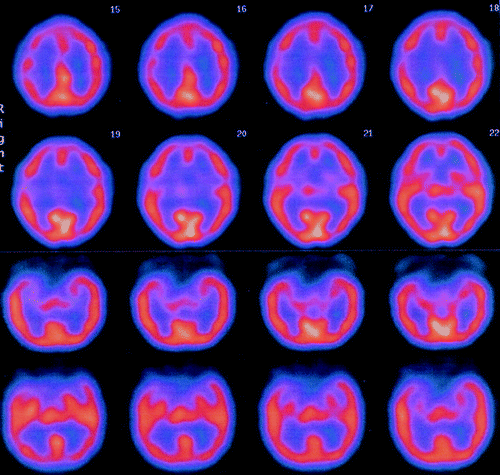A Case of Visual Hypoemotionality Induced by Interferon Alpha-2b Therapy in a Patient With Chronic Myeloid Leukemia

Discussion
Neuropsychiatric toxicity has been often described in patients receiving IFN-α2b. The most frequently reported adverse effects are moderate anxiety or depression, changes in mood, and difficulties in memory and concentration, which usually disappear after the therapy is discontinued; more severe complications are uncommon, and include frank paranoia, dementia, coma, seizures, and neuropathy. The mechanisms underlying these effects are still not clear.1 Our patient presented with so-called “Visual Hypoemotionality,” a rare syndrome characterized by a disruption of the process through which visual perception becomes emotionally colored. Frequently associated with prosopagnosia and visual memory impairment, VH is the consequence of a right basal occipitotemporal lesion or, more often, of bilateral basal occipitotemporal lesions, thought to prevent visual information brought by the inferior longitudinal fasciculus from accessing the memory store in temporal lobes.2,3 The selective involvement of right temporo-mesial region that we found confirms the crucial role of this area for the elaboration of emotions and visual semantic memory. To our knowledge, this is the first case of VH described after IFNα2b therapy and, until now, the only one without evidence of a focal cerebral lesion on standard neuroimaging.
1. : Nneuropsychiatric adverse effects of interferon-alpha: recognition and management. CNS Drugs 2005; 19:105–123Crossref, Medline, Google Scholar
2. : Visual hypoemotionality as a symptom of visual–limbic disconnection in man. Arch Neurol 1982; 39:702–708Crossref, Medline, Google Scholar
3. : Separating depersonalisation and derealisation: the relevance of the “lesion method.” J Neurol Neurosurg Psychiatry 2002; 72:530–532Medline, Google Scholar



